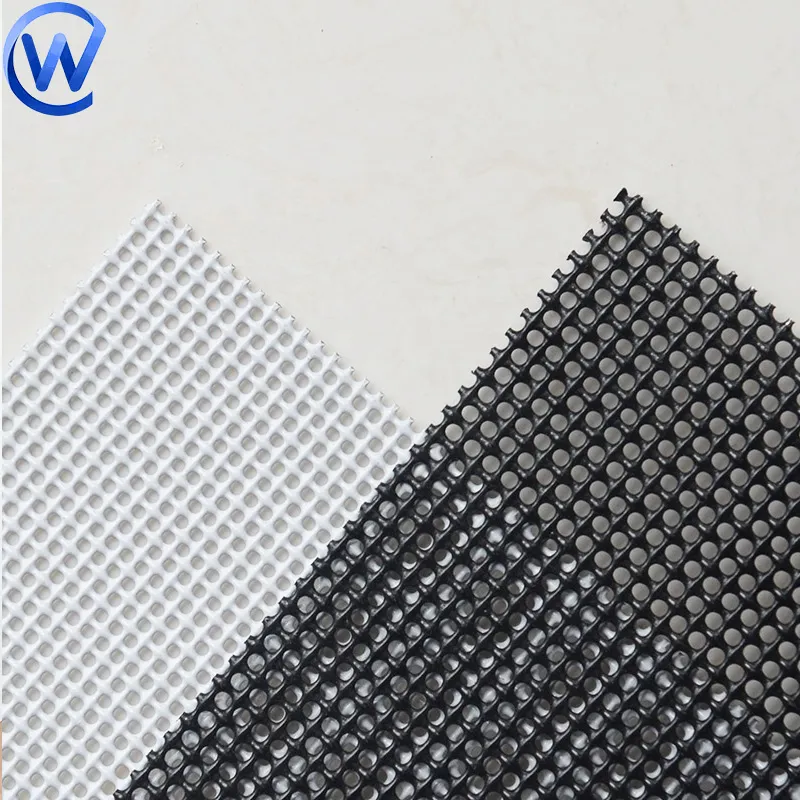-
+86 15030157877
-
sales@galvanizedmetalmesh.com
Déc . 12, 2024 10:11 Back to list
stainless steel woven wire mesh
The Versatility of Stainless Steel Woven Wire Mesh
Stainless steel woven wire mesh is a versatile material that finds applications across various industries due to its unique properties, which include durability, corrosion resistance, and aesthetic appeal. From food processing and pharmaceuticals to construction and filtration systems, stainless steel woven wire mesh serves critical functions that cater to the needs of modern industries.
One of the primary advantages of stainless steel woven wire mesh is its exceptional corrosion resistance. Unlike traditional steel, which can rust and degrade over time when exposed to moisture and various chemicals, stainless steel is formulated with chromium, which forms a protective layer on the surface. This characteristic makes it the material of choice for environments that require hygiene and durability, such as kitchens, laboratories, and outdoor applications.
In the food and beverage industry, stainless steel woven wire mesh plays a crucial role. It is commonly used in the production of equipment such as sieves, strainers, and screens that are essential for processing food products. The mesh is easy to clean and sanitize, adhering to health regulations that ensure safe food production. Additionally, the strainers and filters made from stainless steel woven wire mesh ensure that contaminants are removed, preserving the integrity of the food and enhancing product quality.
Pharmaceutical manufacturing is another sector that greatly benefits from stainless steel woven wire mesh. The mesh is used in filtration processes to separate particles from liquids and gases during the production of medicines. The inert nature of stainless steel means it does not react with the substances being filtered, ensuring that the pharmaceuticals produced are safe and effective. Moreover, the durability of woven wire mesh allows for high-pressure processes, which are often required in drug manufacturing.
stainless steel woven wire mesh

In construction, stainless steel woven wire mesh finds applications in a range of structural applications. It can be utilized for reinforcing concrete structures, ensuring additional strength and stability. Furthermore, its aesthetic qualities make it an excellent choice for architectural features such as decorative facades, screens, and partitions. The ability to customize the weave pattern and wire diameter provides architects and designers with the flexibility to create unique and appealing structures.
Another significant aspect of stainless steel woven wire mesh is its use in filtration systems across various industries, including water treatment and environmental applications. Custom-designed filters can effectively remove contaminants from water, air, and other fluids. The mesh's ability to allow the passage of fluids while capturing unwanted particles makes it ideal for ensuring compliance with environmental regulations and improving overall safety.
The manufacturing process of stainless steel woven wire mesh involves weaving stainless steel wires together to create various mesh patterns. These patterns can vary in terms of wire diameter, mesh openings, and overall density, allowing for a wide range of specifications tailored to meet specific industry requirements. This adaptability is a key reason why stainless steel woven wire mesh remains popular among engineers and manufacturers.
In conclusion, stainless steel woven wire mesh is an indispensable material in numerous industries due to its strength, durability, and resistance to corrosion. Its applications in food processing, pharmaceuticals, construction, and filtration illustrate its versatility and importance in modern manufacturing and construction. As industries continue to evolve and seek more reliable, hygienic, and sustainable materials, stainless steel woven wire mesh will undoubtedly remain a go-to choice for professionals worldwide, contributing to enhanced safety, quality, and innovation across various sectors.
-
Premium Hexagonal Gabion Mesh Solutions | Durable & Eco-Friendly
NewsAug.03,2025
-
Smart AI Fence Solutions with GPT-4 Turbo | Secure & Fast
NewsAug.02,2025
-
Welded Gabion Solutions: Durable & AI-Enhanced Designs
NewsAug.01,2025
-
Premium Welded Gabion Mesh | Robust & Eco-Friendly
NewsJul.31,2025
-
Premium Eco-Friendly Roof Tiles | Affordable & Durable
NewsJul.31,2025
-
Premium Roof Tiles for Durable & Stylish Roofing Solutions
NewsJul.30,2025



